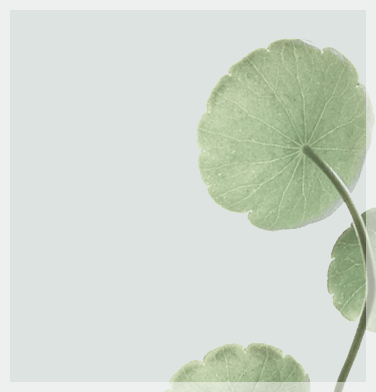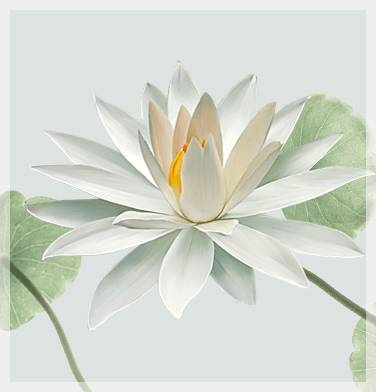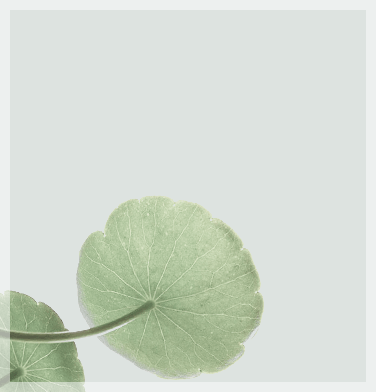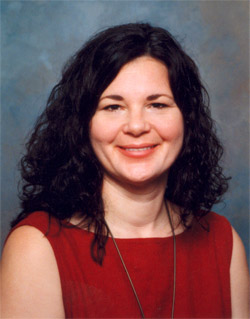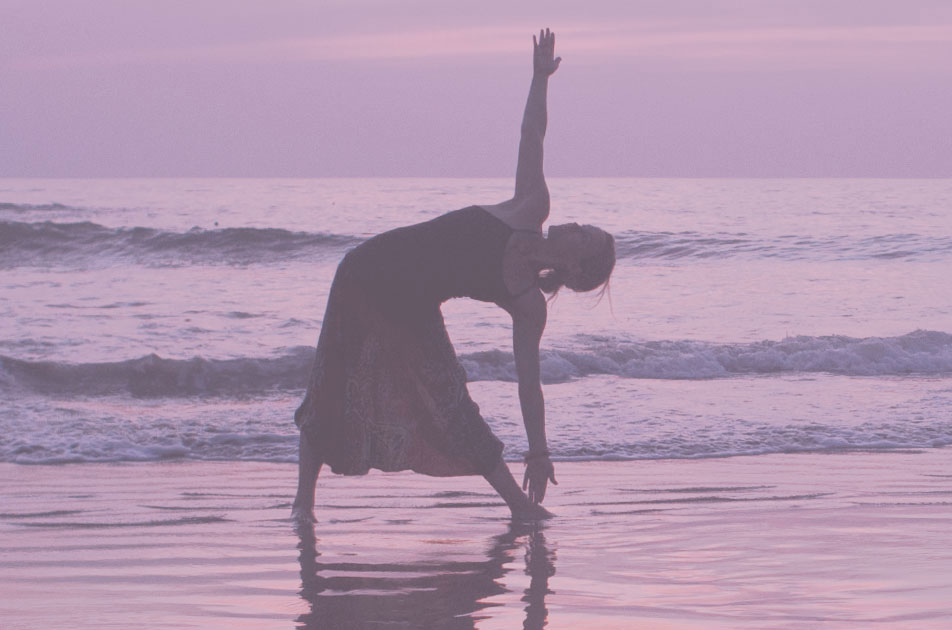
Fall Yoga Session Part 2
Mondays – Beginner – Continuing Beginner
Thursday – Intermediate
Where: Kanata, Beaverbrook, Selwyn Cres.
When: Monday 7 weeks beginning Nov.4; Thursdays 6 weeks starting November 7 / 7:00-8:30 PM
Fees:
Monday Fall program concludes on Dec. 16.
Adults: $112
Students & Seniors(65+): $95Thursday Fall program concludes on Dec.12.
Adults: $96
Students & Seniors(65+): $81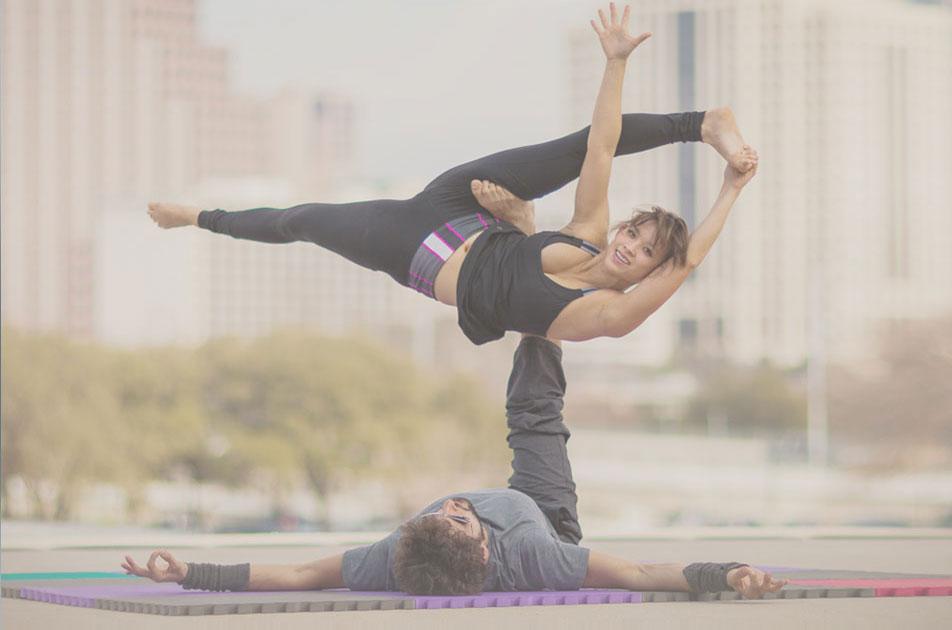
Spring Yoga Session
Mondays – Beginner – Continuing Beginner
Thursday – Intermediate
Where: Via Zoom
When: Mondays 9 weeks beginning April 27 & Thursdays 9 weeks beginning April 30 / 7:00-8:30 PM
Fees:
Monday Spring program concludes June 22.
Adults: $144
Students & Seniors(65+): $125Thursday Spring program concludes on June 25.
Adults: $144
Students & Seniors(65+): $125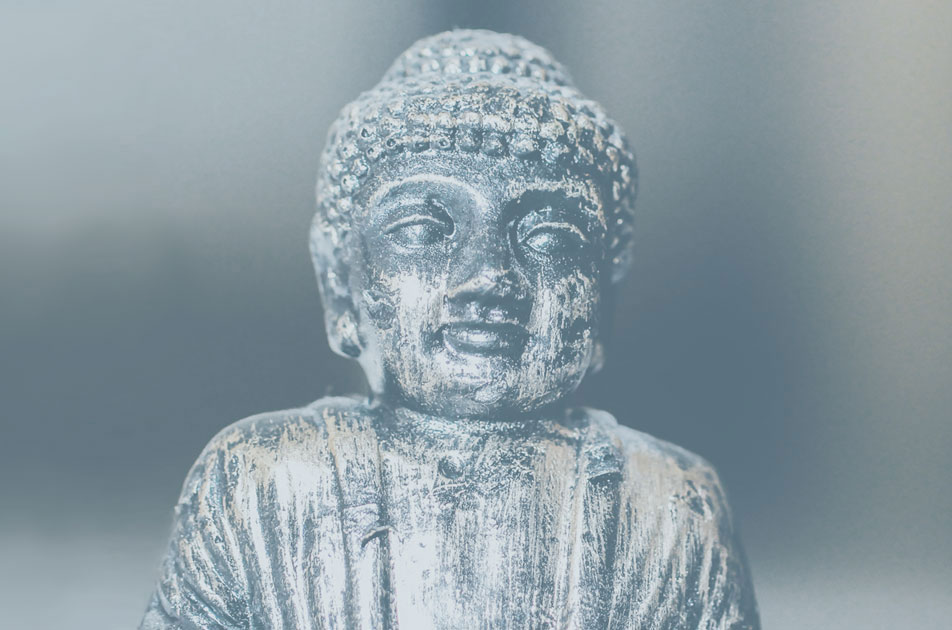
Summer Yoga Session
Wednesdays
Where: Kanata, Beaverbrook, Selwyn Cres.
When: 4 Wednesdays beginning July 8 / 7:00-8:30 PM
Fees:
Wednesday Summer program concludes July 29
Adults: $64
Students & Seniors(65+): $56
The drop-in rate for all is $20
Preparations for Yoga Practice:
- Wear comfortable layered clothing that permits freedom of movement such as sweat pants, leggings, t-shirts, shorts.
- Yoga is practiced in bare feet.
- Bring your own yoga mat, firm cushion, small blanket and yoga strap to class.
- Refrain from wearing scented products of any kind to class. Do not apply any lotions, oils, creams to your skin on the days you attend class.
- Come to yoga on an empty stomach. No meals 2 hours prior to practice. Hydrate well with water before and after class. Take only small sips of water during class.
- Cell phones and pagers are to be turned off or set to vibrate.
- Remove your footwear at the front door and place on trays or mat.
- Leave coats or jackets on and proceed downstairs. There is a coat rack in the room next to the yoga room.
- Please prepare your yoga space by taking out our yoga gear and place yoga bag in the room where the coat rack is located. This will help keep the yoga space free of extras.
- Be on time for class- arrive 5-10 minutes ahead of class time to ready yourself for the practice, to stretch and to relax into the present moment. Latecomers can be distracting to others. If you are arriving after class has begun, please wait silently in theupper foyer until we begin our gentle stretches.
- If you need to leave the yoga room, please do so in between postures. When returning please do the same.
- Please tell me know prior to class if you have any existing health conditions or injuries which may affect your participation such as high/low blood pressure, back or neck problems, epilepsy, chronic sinus problems, eye troubles, surgery, pregnancy, etc. I will then be able to offer safe alternatives and modifications to meet your needs. All information is kept confidential.
- After a yoga practice, drink plenty of water to assist in the release of toxins. Taking an Epsom salt bath helps to further this detoxification process.
- Please feel free to ask questions during the class and to discuss your experiences with me afterward.
NOTE 1
All classes are 90 minutes in length.
NOTE 2
Your registration will be secured with full payment.
NOTE 3
Please call to register prior to attending.
NOTE 4
Space permitting, my drop-in rate is $20.00 per class.
NOTE 5
A withdrawal fee of $25.00 will be charged before classes begin.
NOTE 6
No refunds once classes have commenced
ABOUT JO-ANNE STASIUK
Yoga help you live in symbiosis
with nature 

Jo-Anne is passionate about sharing the practice of yoga with others. She is known for her soul-filled classes that nourish body, mind, heart and spirit. She does this from the depth of her own personal practice and study; and through her gentle guidance, her sense of humour, and the safety that she creates in a peaceful and non-competitive environment.
Jo-Anne has been practicing and studying yoga since the early 1980’s when she began her university studies in the areas of sociology, psychology and religion. She holds a Masters’ degree in counselling, and has been working in this capacity within an educational setting since 1987.
Jo-Anne began teaching yoga in 1997 with her 200-hour Kripalu Yoga Teacher Certification. She received her Professional Kripalu Yoga Teacher Certification in 2000. This reflects over 500 hours of supervised training in Asana, Pranayama, Meditation, Theoretical and Applied Yogic Philosophy, Anatomy, Physiology, Teaching Methodology, Techniques and Professional Ethics. Since then she has received an additional 500 hours of training exploring various yoga styles and therapies in Canada, the United States and Thailand. Jo-Anne has received specific yoga training in working with Cardiac & Cancer, Depression & Anxiety clients, Five Element Yoga as well as the practice of Yoga Nidra (iRest). She has also received certificaction as a mindfulness teacher through Mindfulness without boarders.
Jo-Anne’s teaching is currently influenced by her studies with Nischala Joy Devi, Michael Stone, Richard Miller, Erich Schiffmann, Yoganand Michael Carroll, Mukunda Tom Stiles, Gary Kraftsow, Angela Farmer and Rama Berch, Amy Weintraub, Richard Brown, Jill Miller and Jennifer Reis. Her meditation practice and teaching are most influenced by Thich Nhat Hahn, Sylvia Boorstein, Sharon Salzberg, Pema Chodron, Jack Kornfield, Thomas Keating, John Main,osb.and Ron Siegel.
Jo-Anne has studied Thai Yoga Massage with Kam Thye Chow of the Lotus Palm School in Montreal and with Asokananda of the International Society of Thai Yoga Massage in Thailand. She has also received training in Stott Pilates.
Jo-Anne is particularly interested in how yoga practice affects the physiological systems in the body, facilitates the mind-body connection and deepens spiritual balance. She is devoted to helping her students develop a practice that is guided from within so that they may connect more deeply to all aspects of their lives.
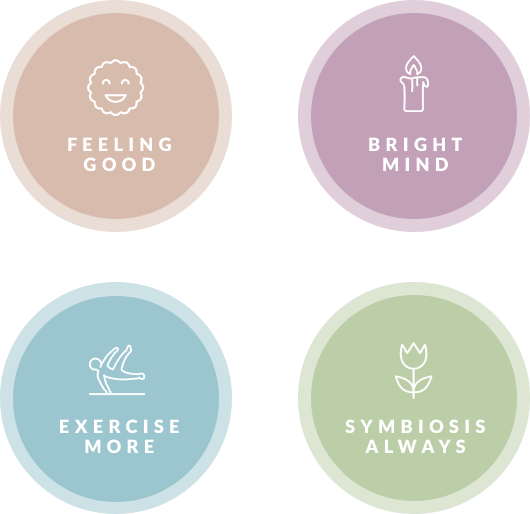
YOGA STYLES
Jo-Anne combines pilates and somatic movement and several styles of yoga in her classes. This eclectic approach provides a safe, inspiring and challenging practice. She demonstrates care for her students by integrating their needs into well-balanced and well-paced classes. The tone is positive and respectful. The following provides a brief description of each approach.

Kripalu Yoga

Vinyasa Yoga

Structural Yoga

Svaroopa Yoga

Yoga Nidra

Somatic Movement

Pilates
Transforming a virtual force to
the spiritual level 

To embody the transcendent is why we are here.
-Sogyal Rinpoche-
WANT TO TRY
SATTVAYOGA ?
Call us at .........


